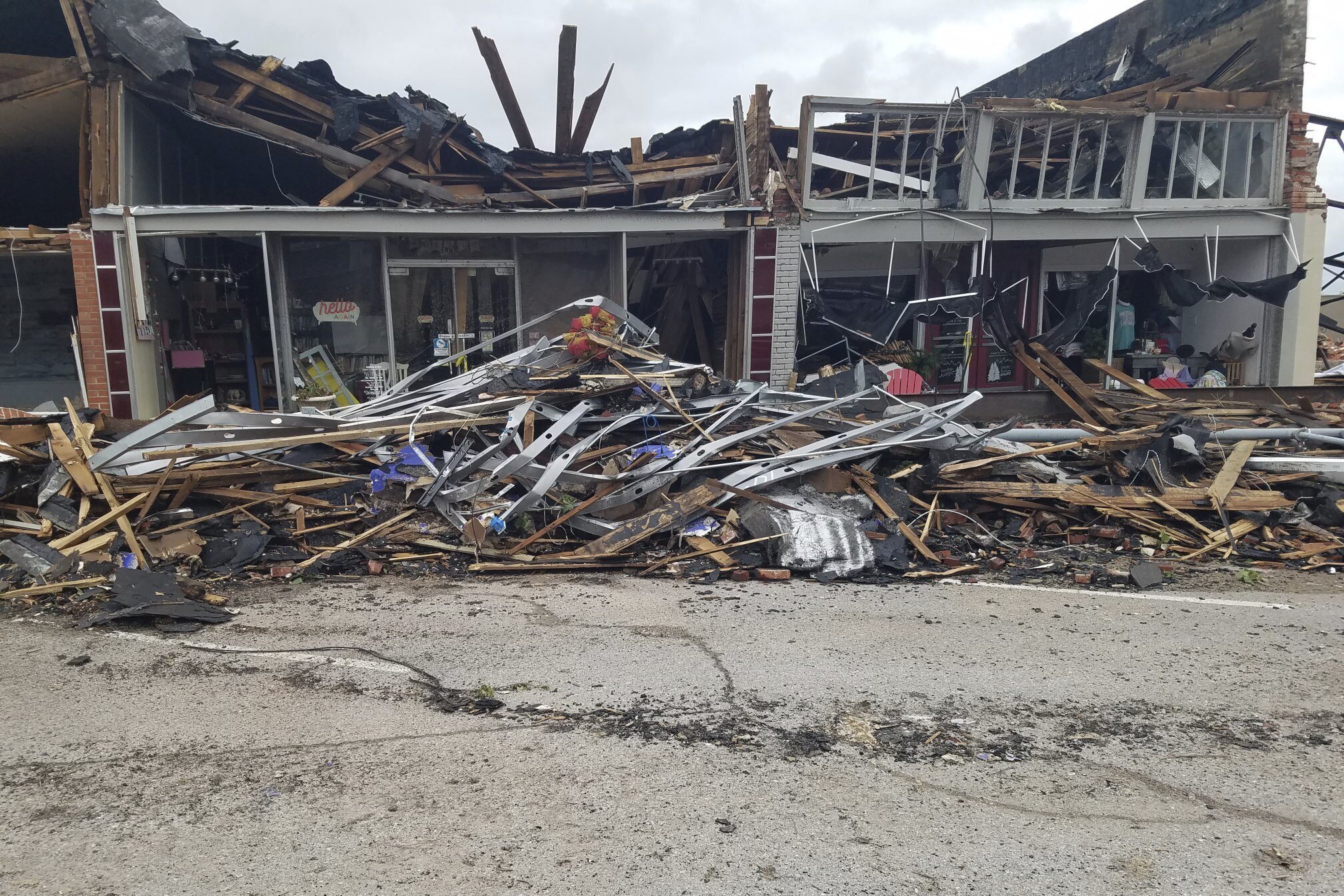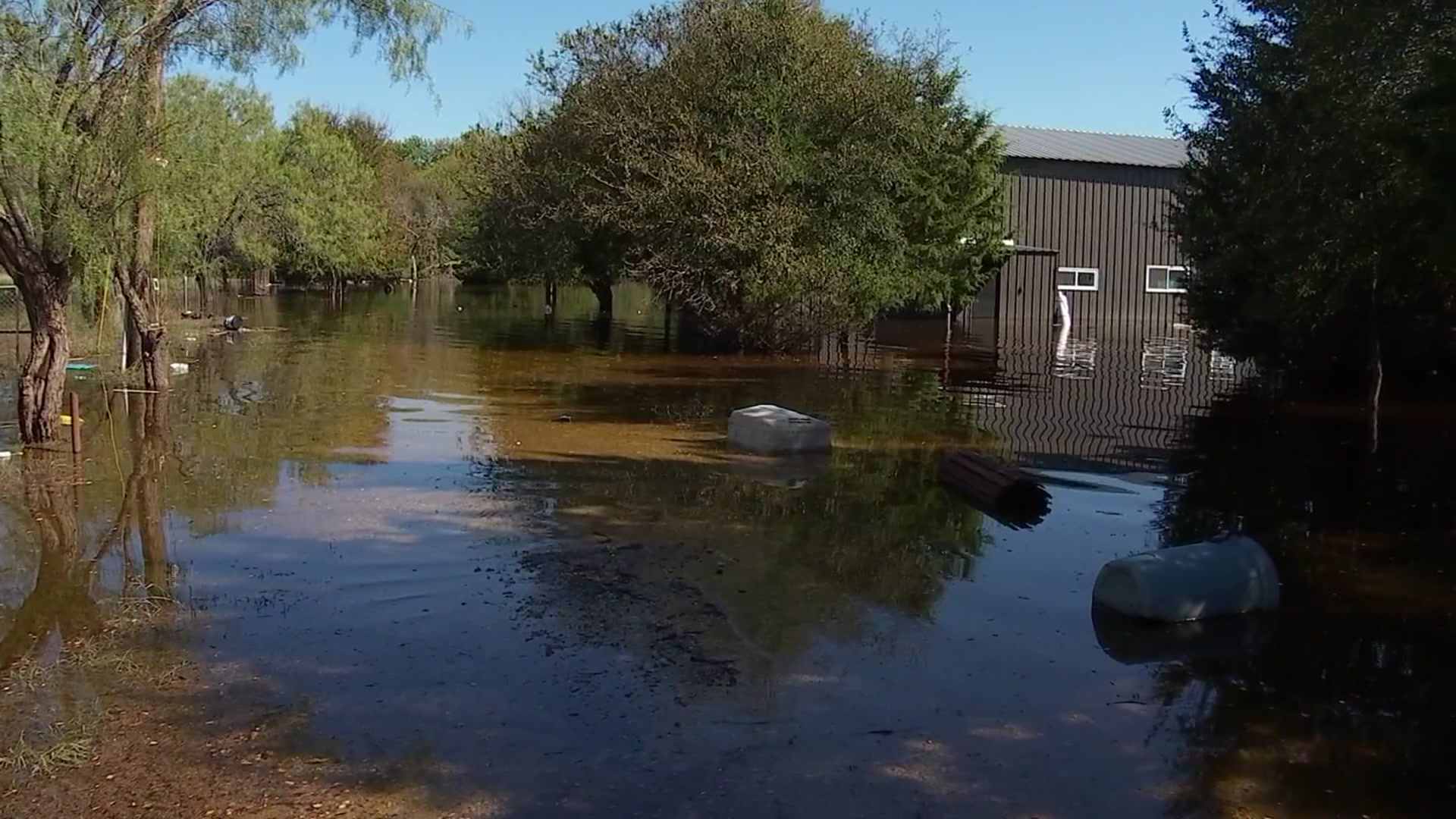Strokes can happen to anyone at any time, no matter their age or family history.
According to the American Heart Association, strokes have continued to increase among adults 49 and younger over the past 30 years.
Over the past decade, there has been a 44% increase in the number of younger people hospitalized due to stroke.
A Fort Worth mother of three, now a stroke survivor, shares her story in hopes of spreading awareness about the signs of a stroke.
Get DFW local news, weather forecasts and entertainment stories to your inbox. Sign up for NBC DFW newsletters.
Tiffany Rubenkoenig was headed to the Garth Brooks concert in late 2020 when suddenly, she felt extremely dizzy and hot.
The 42-year-old slumped over in her seat and as she attempted to speak, her words slurred together and part of her face began to droop.
Immediately, she says her husband knew she was having a stroke.
Local
The latest news from around North Texas.
"My eyes were rolling back in my head. I was so hot. I didn't really seem to care what position I was in, you know, which really was unlike myself," said Rubenkoenig.
They went straight to the hospital instead of the concert.
Scans of the stroke-causing blood clot in her brain stem were sent directly to Dr. Matthew Fiesta, an interventional neuroradiologist at the Texas Health Fort Worth, where he was immediately able to plan a course of action.
"We see these patients very fast at E.R. door. We get you taken care of, but what we can't control is the time before you get to us," said Dr. Fiesta.
Fiesta said the quick recognition of stroke symptoms and immediate action saved Rubenkoenig's life.
Less than 20 minutes from the onset of her stroke symptoms, Rubenkoenig was given clot-busting medication to break up the clot in her brain.
"Sometimes you don't know you're having a stroke. That's the scary part. It really depends on people around you to recognize the stroke's happening. You may not even know that you're having a stroke," said Fiesta.
Fiesta performed an angiogram and the brain imaging showed that instead of two arteries supplying blood and oxygen to her brainstem, Rubenkoenig only had one.
He believes Rubenkoenig somehow injured, or dissected her one and only artery, and that caused a major blockage and led to her massive stroke.
Rubenkoenig lost the ability to speak and move on her own, spending nearly three weeks in Texas Health Fort Worth, but since then has made incredible progress.
She’s even started a blog to support other stroke survivors and ultimately raise awareness about strokes.
"Just be thankful for what you're given and cherish it and you know, have no expectations of the future because you never know what is right in front of you," said Rubenkoenig.
According to the American Heart Association, you can use the letters in the acronym FAST to spot a stroke.
F = Face Drooping – Does one side of the face droop or is it numb? Ask the person to smile. Is the person's smile uneven?
A = Arm Weakness – Is one arm weak or numb? Ask the person to raise both arms. Does one arm drift downward?
S = Speech Difficulty – Is speech slurred?
T = Time to call 911 – Stroke is an emergency. Every minute counts. Call 911 immediately. Note the time when any of the symptoms first appear.
Other stroke symptoms include sudden numbness or weakness of the face, arm, or leg, especially on one side of the body, confusion, trouble speaking or understanding speech, trouble seeing in one or both eyes, trouble walking, dizziness, loss of balance or coordination and severe headache with no known cause.




